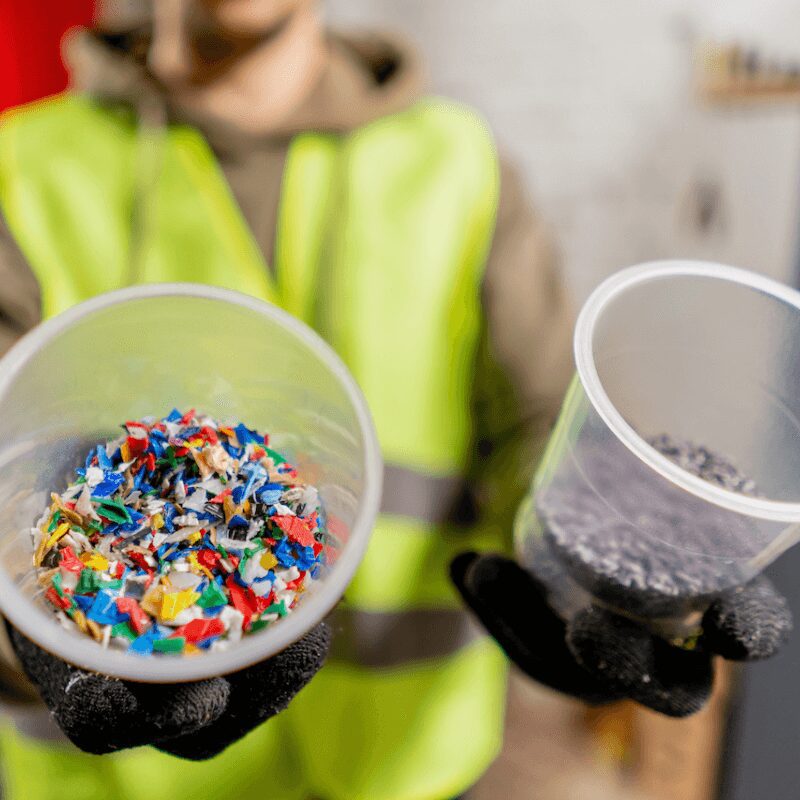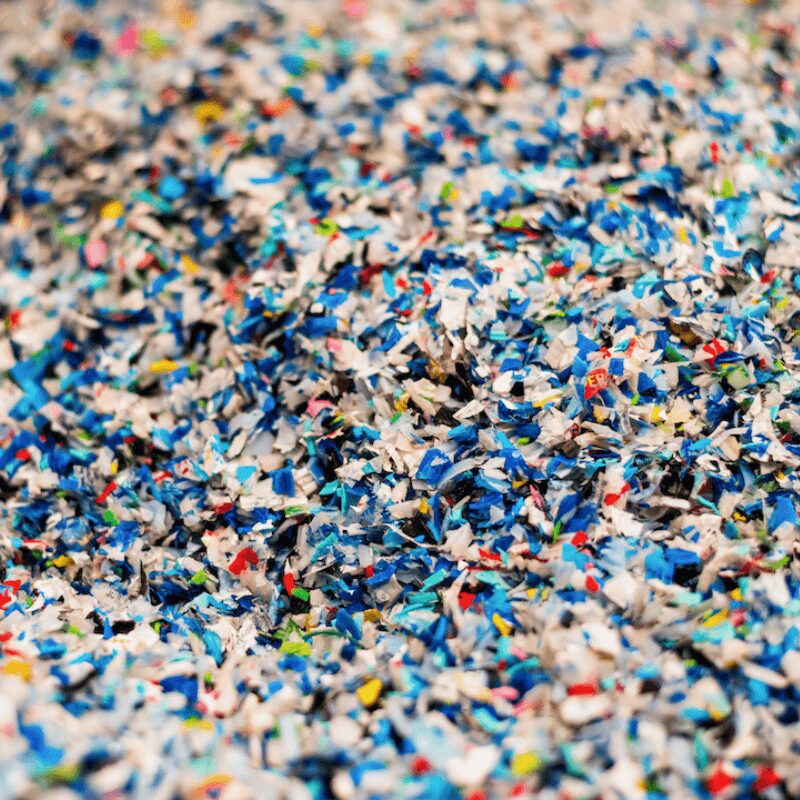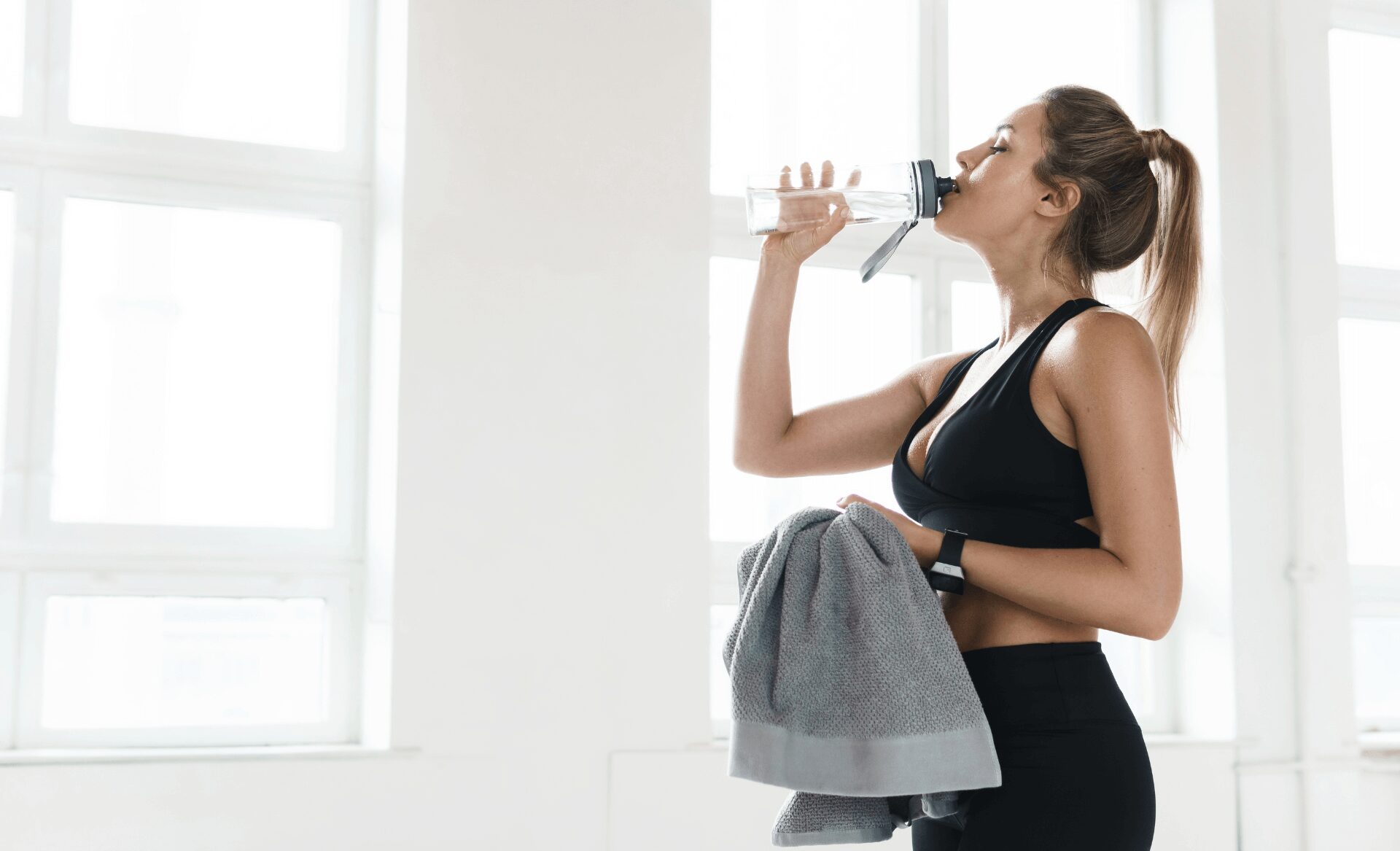Look, we don’t want to be the ones to say it… But you probably have plastic in you right now.
And no, not metaphorically. Microplastics—those tiny plastic particles floating around our environment—are now turning up in our lungs, blood, livers, and even our brains. That’s not just gross—it’s a public health red flag.
At Bottleless Nation, we’re not just passionate about ditching plastic. We’re on a mission to raise awareness about how microplastics affect our bodies, our businesses, and the planet. So when the question pops up, “Can you actually get microplastics out of your body?”, you bet we’re all ears (and research tabs).
First, a Quick Reality Check: How Did We Get Here?
Microplastics enter the body through just about everything:
- Drinking water (especially bottled—some studies show up to 240,000 particles per liter)
- Seafood and produce
- Indoor and outdoor air
- Cosmetics and packaging
Once inside, they don’t just hang out in your stomach. Research has found them embedded in organs, traveling through the bloodstream, and even passing through the blood-brain barrier—a defense wall meant to keep foreign junk out of the brain.
For businesses, especially those in health, wellness, hospitality, and food service, the water and air quality in your environment directly impacts your brand’s trustworthiness and responsibility.
So… Can You Detox Microplastics from Your Body?
Short answer: Not completely. Long answer: The body does have ways of flushing out some plastic, but not all.
Your natural detox systems (like your liver, kidneys, gut, and lymphatic system) help eliminate certain toxins and particles. But microplastics, especially the smaller nanoplastics, are slippery. Some get absorbed into tissues, where they can build up, cause inflammation, and stay for the long haul.
Despite what some detox influencers might claim, there’s no clinically proven way to remove all microplastics from your body. Not yet, anyway.
Here’s What the Research Does Say
Recent studies and experimental methods offer a glimmer of hope—but also show how far we still have to go:
- A study from India found that natural plant extracts like okra and fenugreek may bind to microplastics in simulated digestion systems, potentially helping remove them. Promising? Sure. Clinically proven? Not yet.
- Gut-supporting interventions, like probiotics, are being explored for their ability to reduce microplastic toxicity. Again—interesting, but still early.
- One clinic in the UK is testing plasma apheresis (a procedure that filters the blood) as a way to remove plastics. But it’s pricey, speculative, and not backed by peer-reviewed research.
So, while detoxing your body completely isn’t possible right now, there’s a growing push for prevention + support as the smartest strategy.
What You Can Do to Support Your Body & Reduce Exposure
Let’s focus on what actually works. The best strategy for now is to minimize new exposure and help your body do its job better.
Here’s how:
1. Stay Hydrated
Clean water supports kidney and liver function, your body’s built-in detox heroes. But keep in mind: if you’re drinking bottled water, you might be trading hydration for more plastic.
2. Eat for Gut Health
Fiber-rich foods like fruits, veggies, and whole grains can help trap and eliminate toxins. Antioxidants (from berries, greens, nuts) help reduce oxidative stress caused by plastic exposure.

3. Move Your Body
Regular exercise supports circulation and lymphatic drainage. That helps keep things flowing—literally.
4. Use Less Plastic
This one’s obvious, but it matters. Avoid heating food in plastic. Skip the plastic wrap. Ditch bottled water. (Yes, we’ll say it again.)
And for businesses? Switching to bottleless water systems in the office, improving air filtration, and reducing plastic packaging aren’t just smart environmental choices—they directly reduce your team’s exposure to microplastics.
Out-of-the-Box Thinking: Filtration Tech Is Evolving
While the “cleanse microplastics from your body” industry is still catching up, environmental filtration is moving fast, and that’s just as important.
Researchers recently developed a hydrogel made from recycled food containers that removes over 93% of microplastics from water in just 12 hours. Even better? It’s nontoxic, affordable, and scalable.
Another study highlighted how rapid sand filtration, a technology used in large-scale municipal systems, can be optimized to remove over 90% of microplastics.
These kinds of innovations are why Bottleless Nation exists. We track the tech, support the innovators, and help businesses find smarter, plastic-free water solutions through our trusted partners like Artesian Bottleless Water and Office H2O.
Why This Should Matter to Your Business
If you run a business that serves people, your environment becomes part of their health story. Offering clean, plastic-free water is one of the easiest ways to reduce daily exposure. Promoting wellness practices and ditching single-use plastic builds trust, shows leadership, and future-proofs your brand in a world that’s waking up to the dangers of environmental toxins.
The truth is, we can’t clean out every microplastic once it’s inside us, but we can make sure we’re not adding more.

You Can’t Remove Them All, But You Can Stop the Cycle
No magic tea, pill, or plasma filter is going to pull every piece of plastic out of your body tomorrow. But the science is clear: we can dramatically reduce exposure, improve resilience, and lead smarter conversations about plastic use.
That’s what Bottleless Nation is all about. We’re building a coalition of people and businesses who believe that water should hydrate, not harm. And we’re helping our partners make that mission a reality every day.
Contact us today to learn how your business can be part of One Bottleless Nation—and lead the charge toward cleaner water, healthier people, and a better planet.

